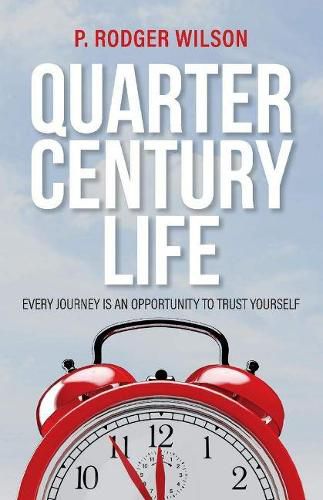Readings Newsletter
Become a Readings Member to make your shopping experience even easier.
Sign in or sign up for free!
You’re not far away from qualifying for FREE standard shipping within Australia
You’ve qualified for FREE standard shipping within Australia
The cart is loading…






If humans came with their own operating manual, P. Rodger Wilson’s Quarter Century life would likely be it. The incorporation of simple mathematical equations serves up a continuum of what can be expected during the single digits and the double digits of everyone’s cognitive development, age appropriate behaviors and relational interactions. While a baby, toddler, or even an adolescent obviously couldn’t grasp the significance of the progressive plot points described, their adult selves can easily enjoy in retrospect how and why they are turning out as they are and, accordingly, whether they are happy with those results. How they were nurtured or how they were ignored, Wilson points out, are contributing factors in whether the path to individuate compels them to take pride in their unique personalities or constantly struggle to fit in with the desired crowd and be accepted. Discovering our own adaptability and resiliency to life’s curve balls is another important concept in this book, as the invaluable lesson to recognize the things we can change and the things we cant.
$9.00 standard shipping within Australia
FREE standard shipping within Australia for orders over $100.00
Express & International shipping calculated at checkout
If humans came with their own operating manual, P. Rodger Wilson’s Quarter Century life would likely be it. The incorporation of simple mathematical equations serves up a continuum of what can be expected during the single digits and the double digits of everyone’s cognitive development, age appropriate behaviors and relational interactions. While a baby, toddler, or even an adolescent obviously couldn’t grasp the significance of the progressive plot points described, their adult selves can easily enjoy in retrospect how and why they are turning out as they are and, accordingly, whether they are happy with those results. How they were nurtured or how they were ignored, Wilson points out, are contributing factors in whether the path to individuate compels them to take pride in their unique personalities or constantly struggle to fit in with the desired crowd and be accepted. Discovering our own adaptability and resiliency to life’s curve balls is another important concept in this book, as the invaluable lesson to recognize the things we can change and the things we cant.